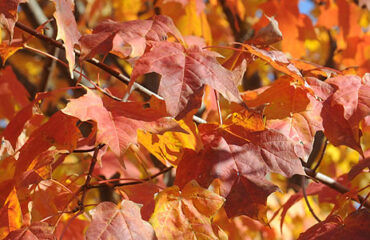It is, of course, the annual rite of winter. Your mailbox is inundated with quotes for lawn care, many from companies of which you’re never heard.
We hear it continually. “Someone says they can treat my lawn for a third…a half…of what I’m paying now,” they say. “Can you match that?”
Or, we’ve been asked, “What should my lawn care actually cost?”
Well, the answer to that is a relative one, and our first advice to anyone seeking the magic combination of best price and desired results is to consider the actual cost of service to any lawn care provider.
Meaning, what does it cost in terms of fuel and travel for someone to show up three, four, or five times a year to treat your property?
What’s the cost of raw materials…fertilizer, weed control, and grub preventative?
Consider the fact of labor. You work for a living and appreciate being compensated. Lawn care providers do, as well.
And ask this, too. Is a prospective applicator licensed and insured? Because if they’re not, you’re liable as a homeowner if a worker steps in a hole and breaks an ankle.
It’s hard to know all these factors regarding cost if you’re not a knowledgeable shopper.
But lawn care fertilizer is largely derived from crude oil in most cases, so follow the cost of a barrel of oil and you get a pretty good idea about the cost of a bag of fertilizer. In practical terms, go to Lowes and price a 50-pound bag of Scotts, enough to cover the average lawn of 12 to 15 thousand square feet…on average, about $50.00. Do the math pertaining to applying it yourself…cost of material, a spreader, time, etc. Remember, the “true cost” is relative, whether you do it or someone does it for you.
At the end of the day think of lawn care in these terms. If someone gives you a price that seems too good to be true…a third, a half of what you’re currently paying…it probably is too good to be true. Get it in writing that there will be no surcharges in July and August for fuel or increases in the price of materials.
Some companies are selling the organic angle, lawn nutrient that come from natural sources. But those natural sources are usually the by-products of waste treatment plants from large cities, dried and reformulated to spread on your lawn. It’s not cheaper, and ask yourself…do you really want to walk barefoot on that stuff?
Finally, and this is the best test…check out a lawn in your neighborhood that’s green and healthy during the “dog days” of August. Ask the owner who’s responsible. You can even ask him how much he pays. Our experience is that most people will say you get what you pay for. And almost always…that “great” price back in February does not guarantee you a green, healthy yard when you want it most.
What should lawn care cost you? The ultimate answer to that is your own satisfaction. Nothing is too much or too little if you’re getting what you pay for.
If you like the way it looks!




